How can we prevent poor solder paste printing on SMT printers?
The key to preventing poor printing on SMT printers lies in the comprehensive management and control of multiple aspects. Here are some suggestions:
I. Stencil (Screen) Management:
- Select a stencil that matches the design, ensuring that the hole accuracy and size are consistent with the PCB pads.
Regularly clean the stencil to remove residues and impurities, maintaining a clean and flat stencil surface.
- Check the flatness of the stencil and correct or replace it if necessary.
II. Printing Parameter Optimization:
-
Adjust the squeegee pressure based on the viscosity of the solder paste and printing speed to ensure even distribution of the solder paste on the pads.
-
Set the appropriate printing speed to avoid too fast or too slow, which can lead to poor printing.
-
Regularly check the pressure and uniformity of the printer to ensure stable printing quality.
III. Improvement of PCB and Stencil Positioning Accuracy:
-
Improve the positioning accuracy of the PCB and stencil to ensure that the PCB can accurately align with the stencil during the printing process.
-
Use high-precision positioning devices and sensors, such as visual positioning systems, to improve positioning accuracy.
-
Clean the PCB and stencil of foreign objects to avoid affecting positioning accuracy.
IV. Solder Paste Management:
-
Select solder paste with stable quality and good performance, avoiding the use of expired or abnormal solder paste.
-
Regularly check the viscosity and particle size of the solder paste to ensure they meet the process requirements.
-
Control the usage of solder paste, avoiding too much or too little, which can lead to poor printing.
V. Printing Inspection and Quality Control:
-
Use printing inspection tools to monitor and evaluate printing quality in real-time, such as magnifying glasses, microbalances, laser thickness gauges, etc.
-
Check the accuracy, resolution, and thickness of the solder paste printing to ensure they meet the process requirements.
-
Promptly handle and rework PCBs with poor printing to avoid defective products entering subsequent processes.
VI. Equipment Maintenance and Calibration:
-
Regularly maintain and calibrate the SMT printer, including cleaning, lubrication, and replacing worn parts.
-
Ensure that all functions of the printer, such as the squeegee and conveyor system, are operating normally.
-
Regularly calibrate the printer's precision to ensure it meets printing requirements.
VII. Personnel Training and Operating Norms:
-
Train operators to familiarize them with the operation and maintenance methods of SMT printers.
-
Develop operating norms, clarifying the responsibilities and operational procedures of operators, ensuring consistency and accuracy in the operation process.
Regularly assess and evaluate operators to improve their skill levels.
Through the comprehensive application of the above measures, we can effectively prevent poor printing issues on SMT printers, improving product quality and production efficiency.

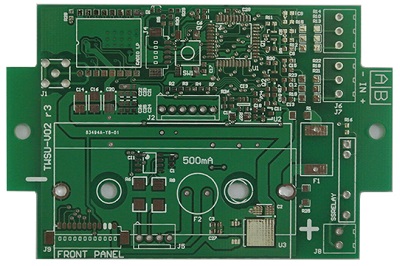 PCB
PCB FPC
FPC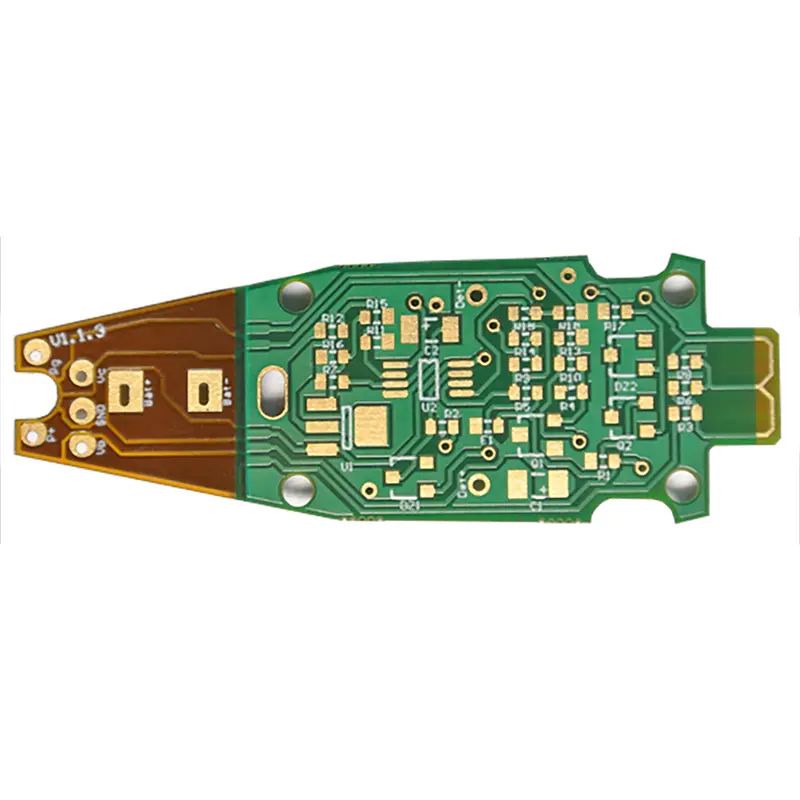 Rigid-Flex
Rigid-Flex FR-4
FR-4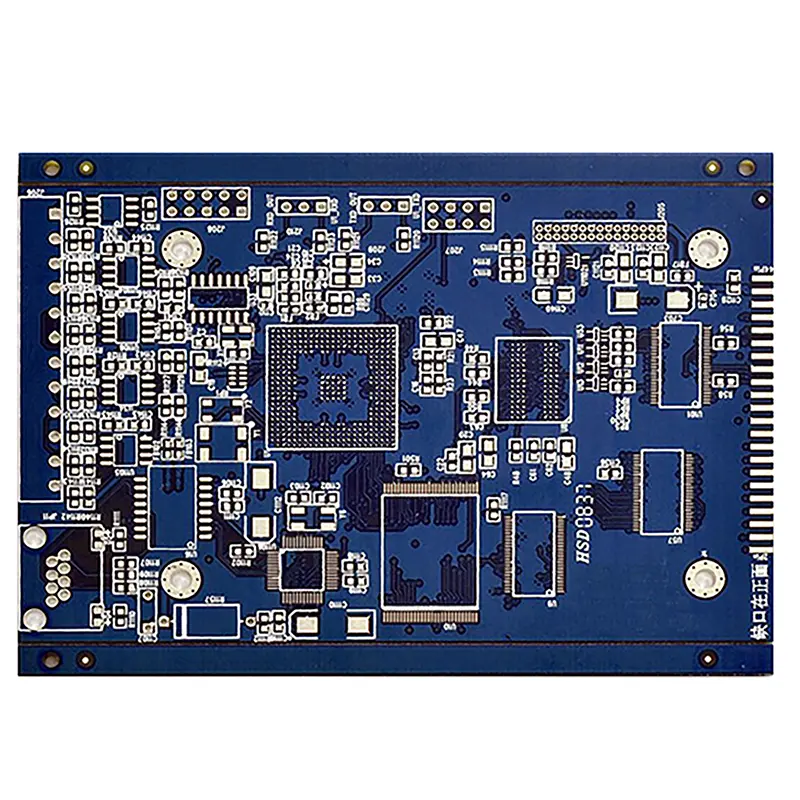 HDI PCB
HDI PCB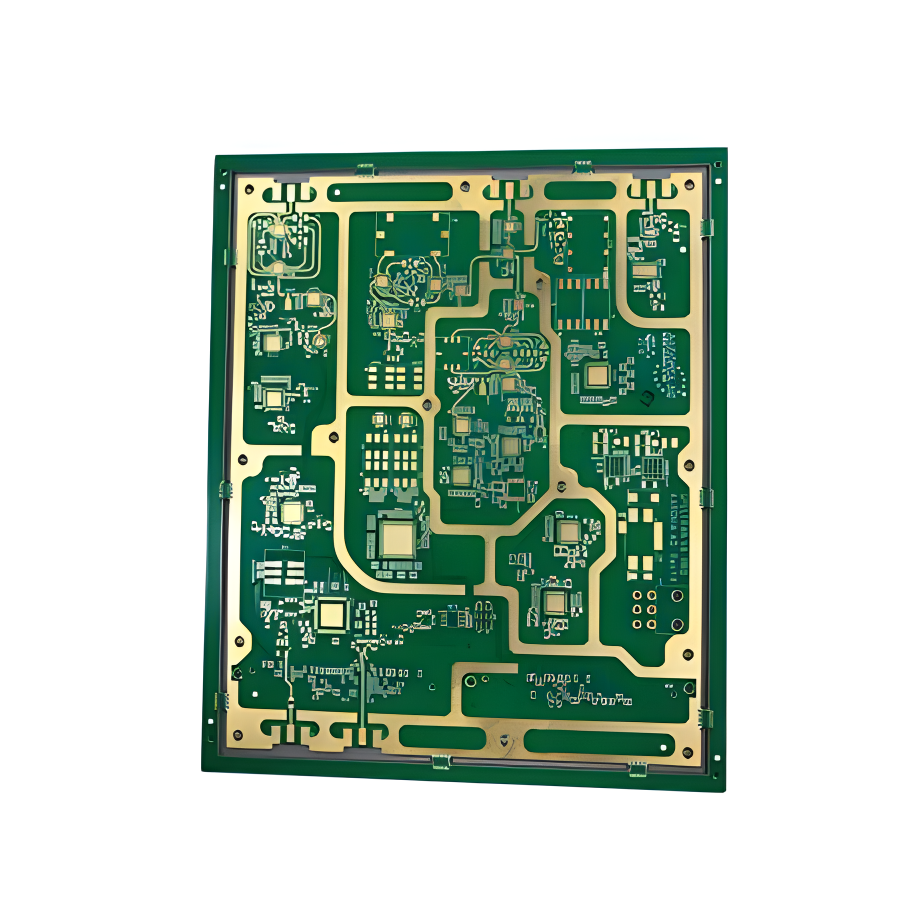 Rogers High-Frequency Board
Rogers High-Frequency Board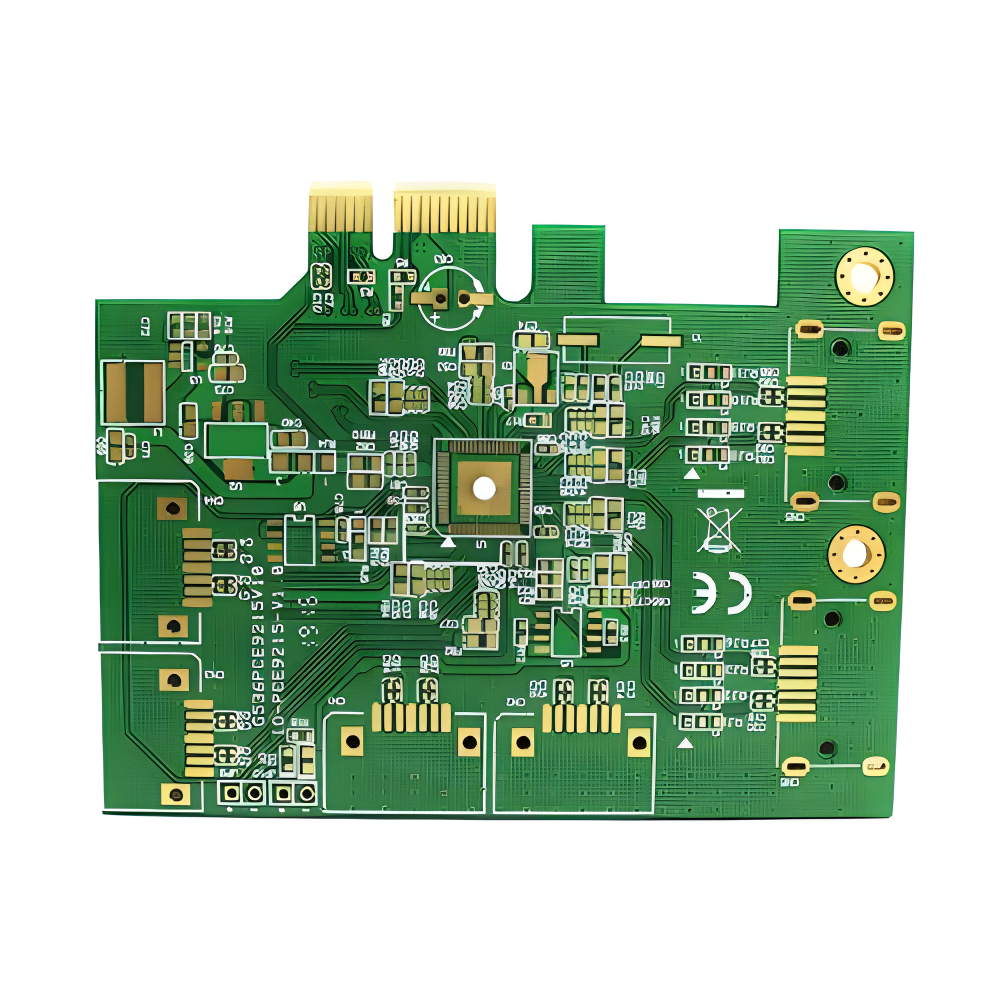 PTFE Teflon High-Frequency Board
PTFE Teflon High-Frequency Board Aluminum
Aluminum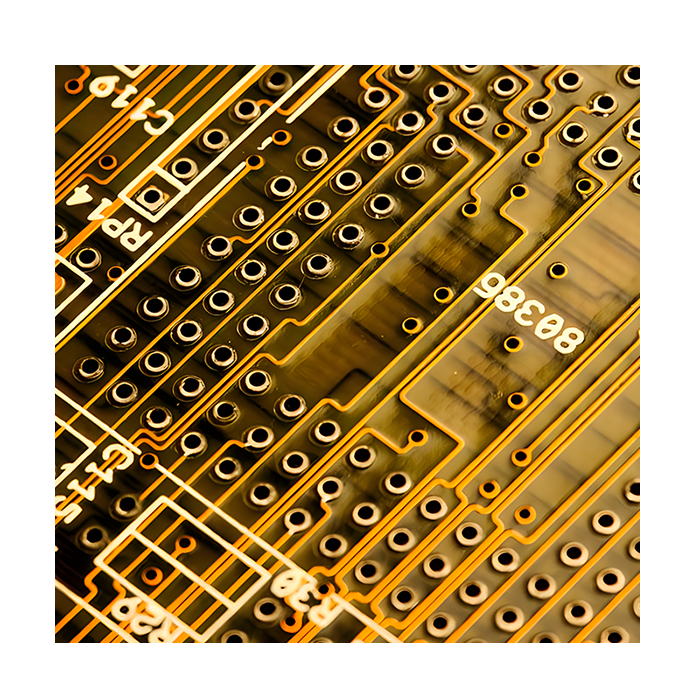 Copper Core
Copper Core PCB Assembly
PCB Assembly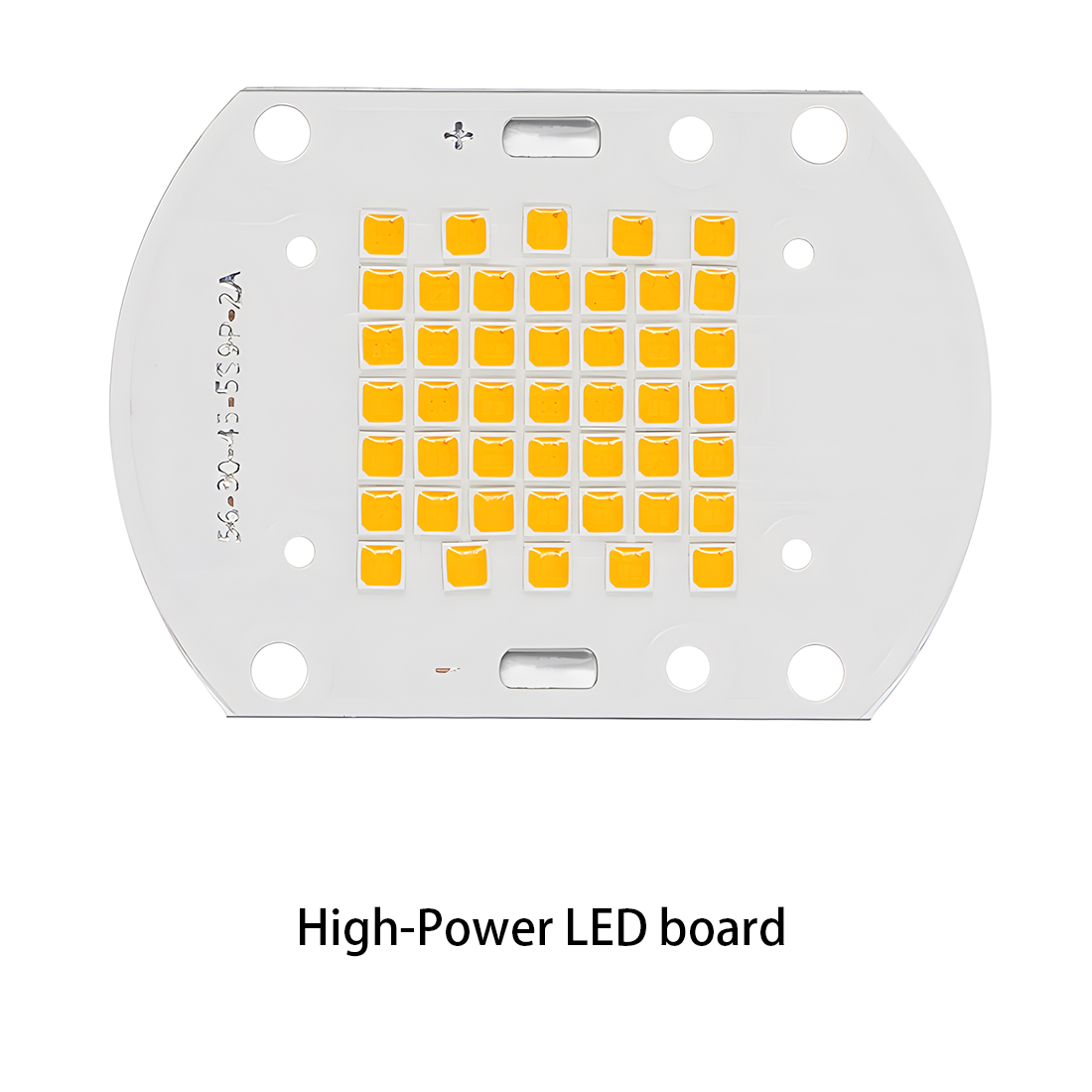 LED light PCBA
LED light PCBA Memory PCBA
Memory PCBA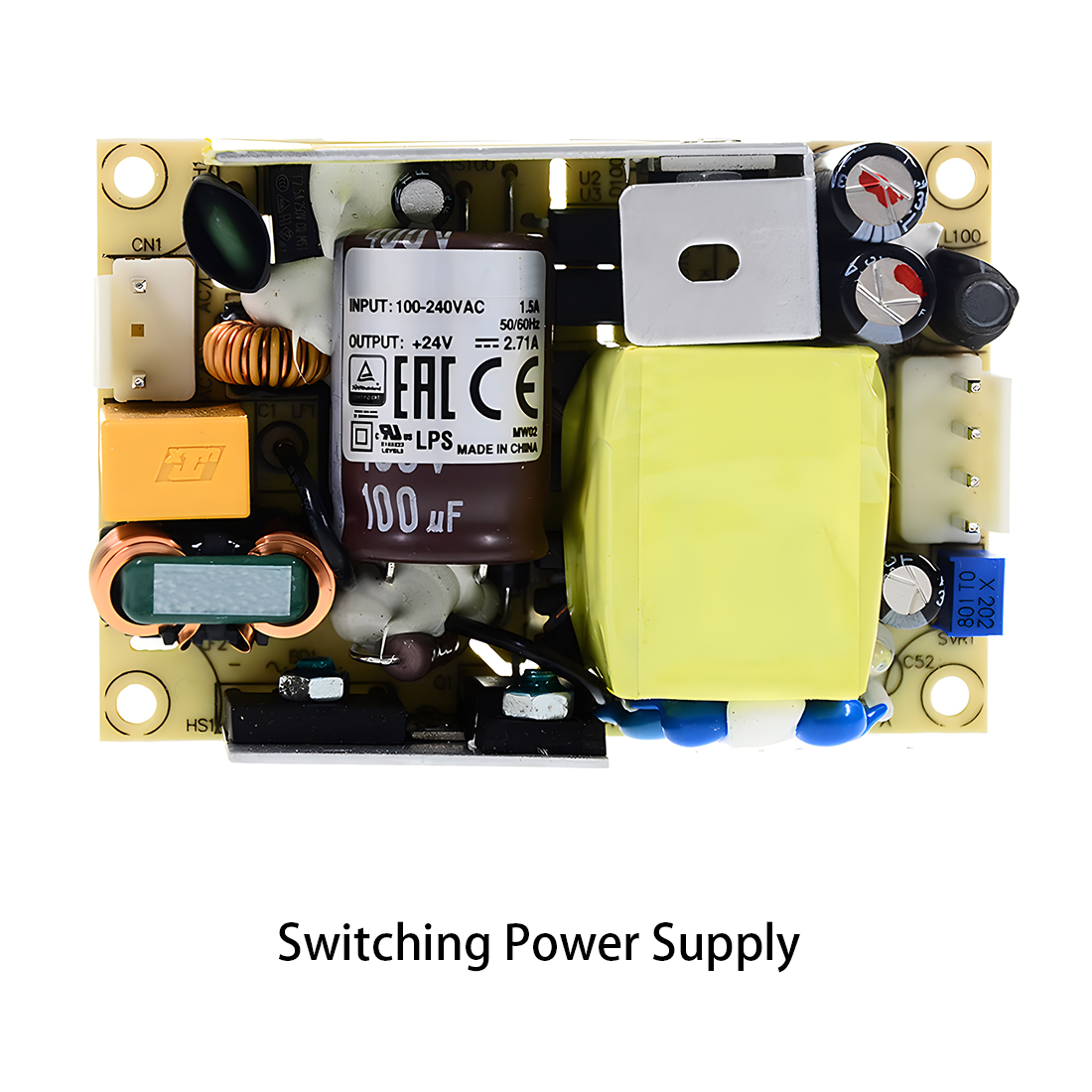 Power Supply PCBA
Power Supply PCBA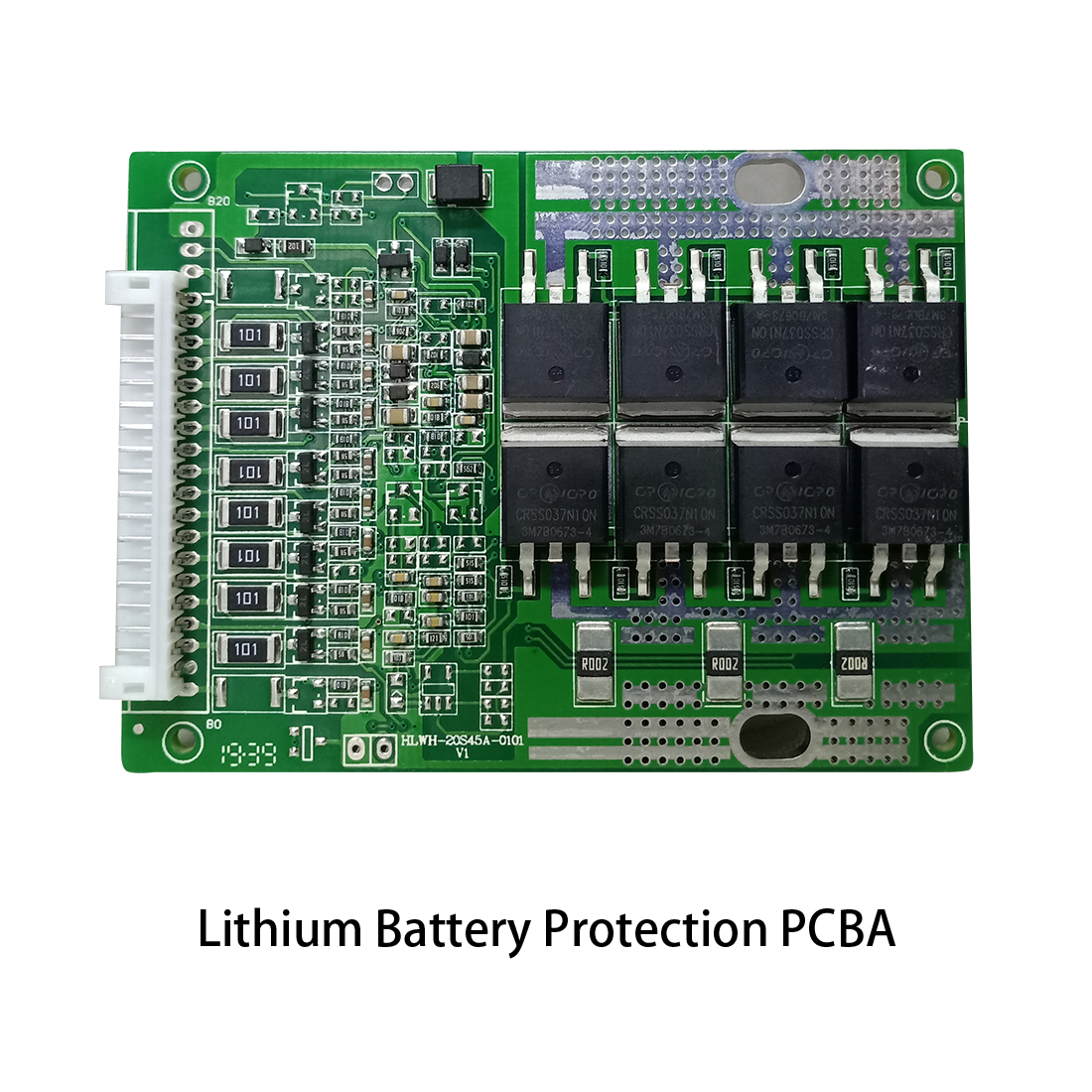 New Energey PCBA
New Energey PCBA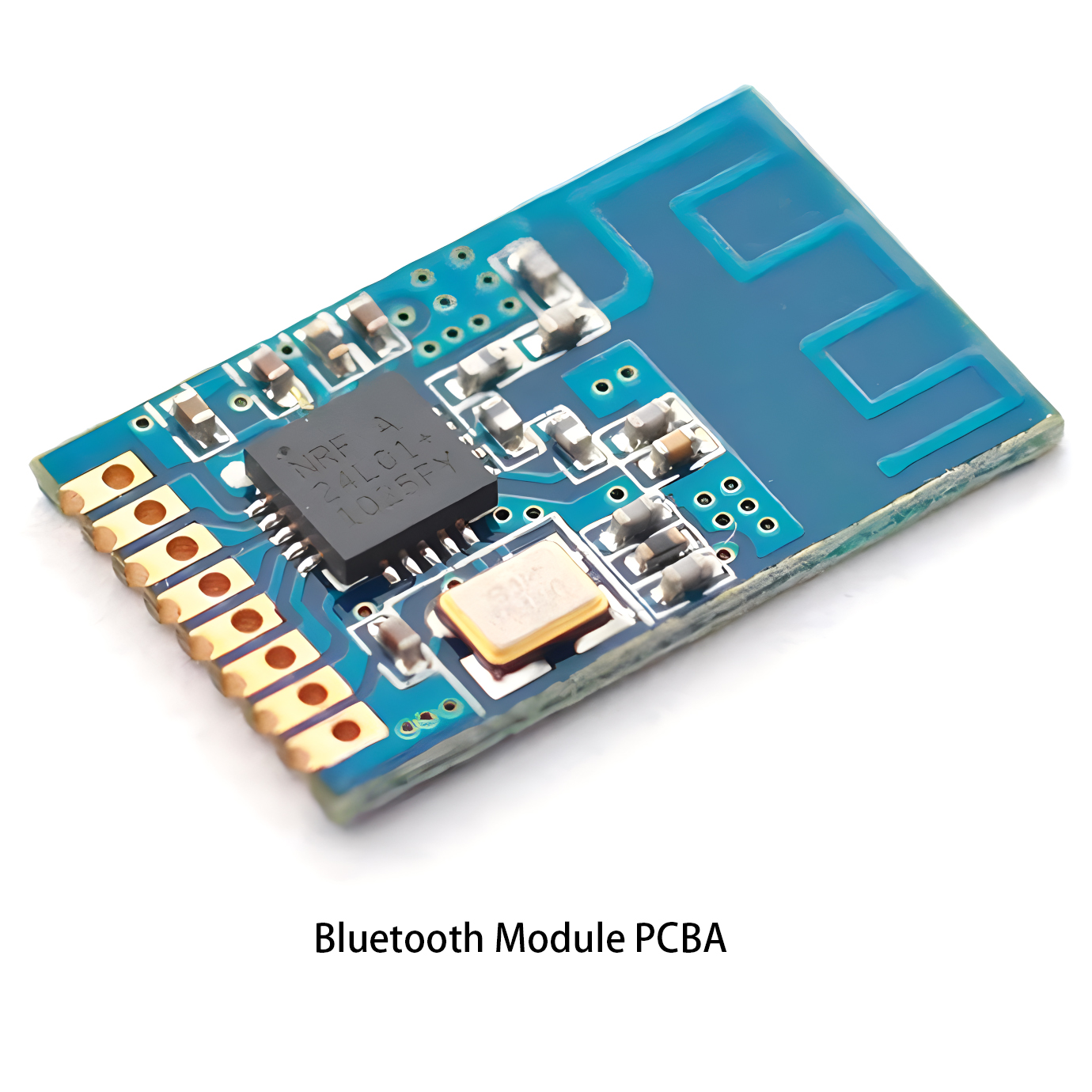 Communication PCBA
Communication PCBA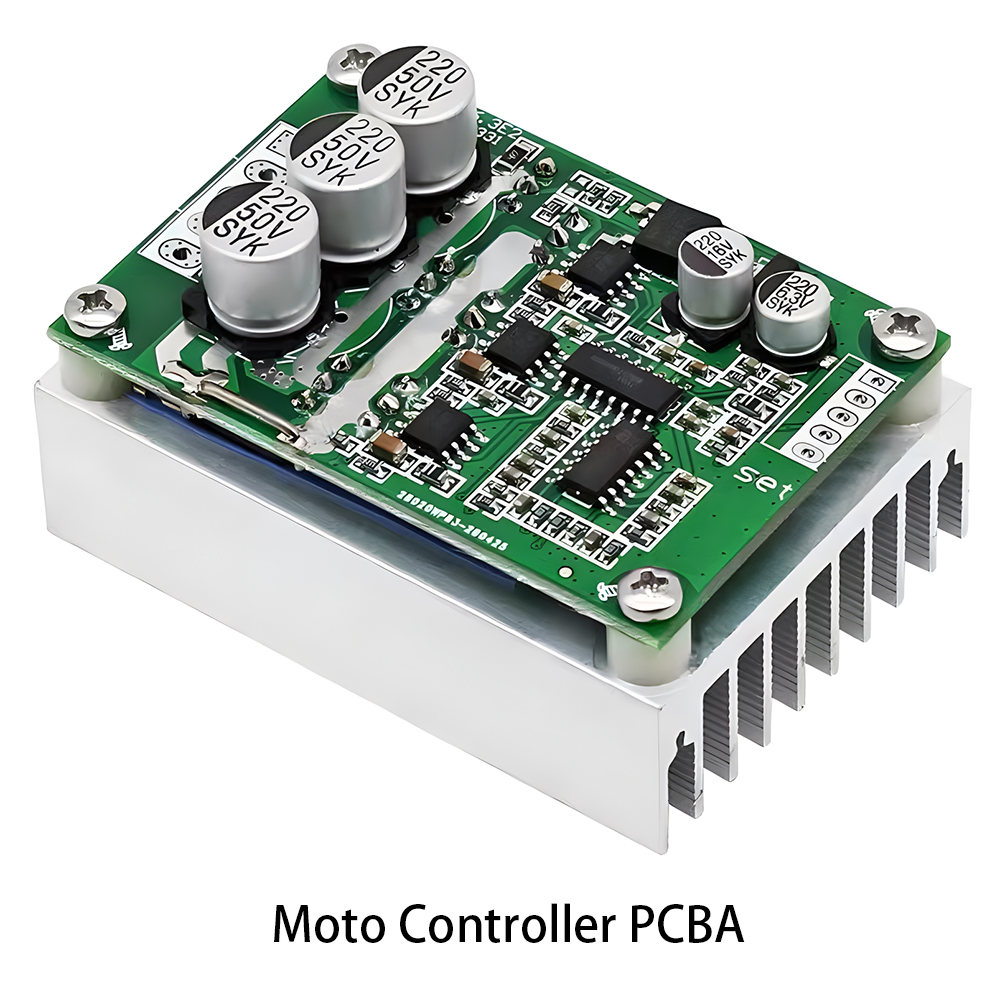 Industrial Control PCBA
Industrial Control PCBA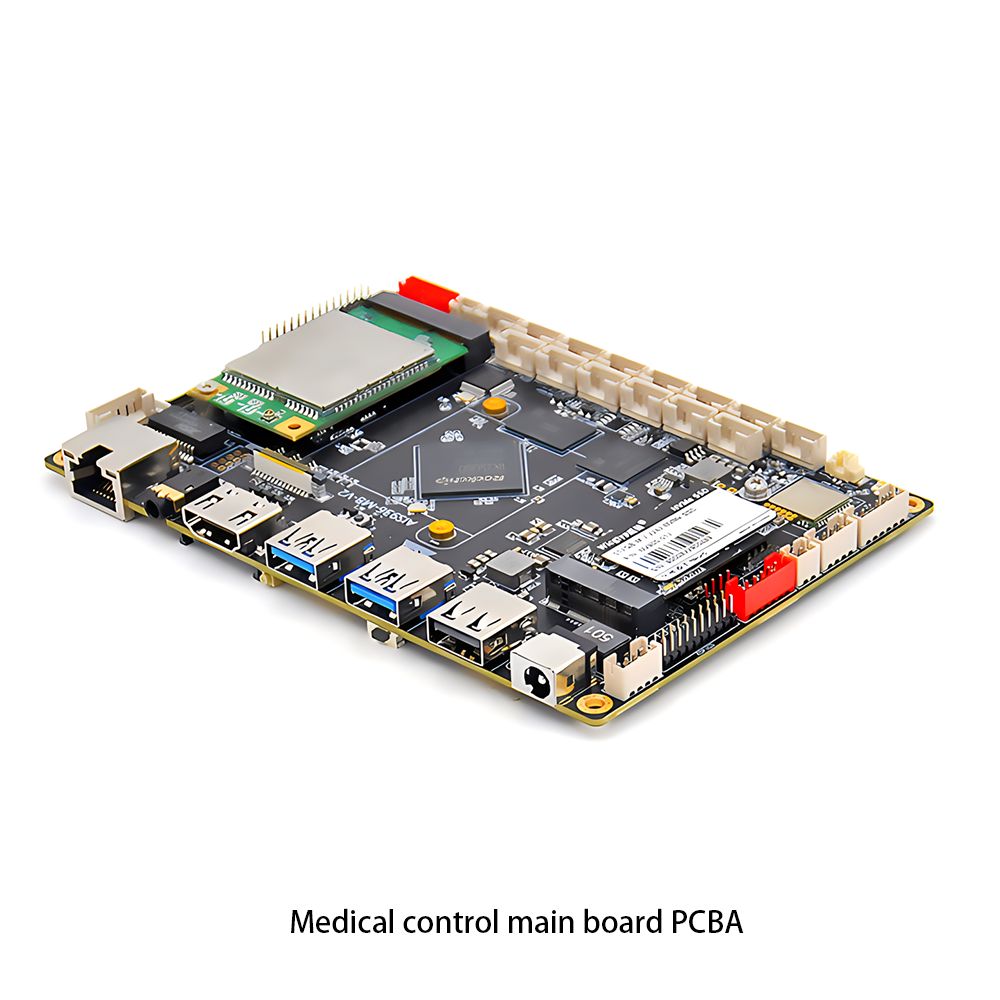 Medical Equipment PCBA
Medical Equipment PCBA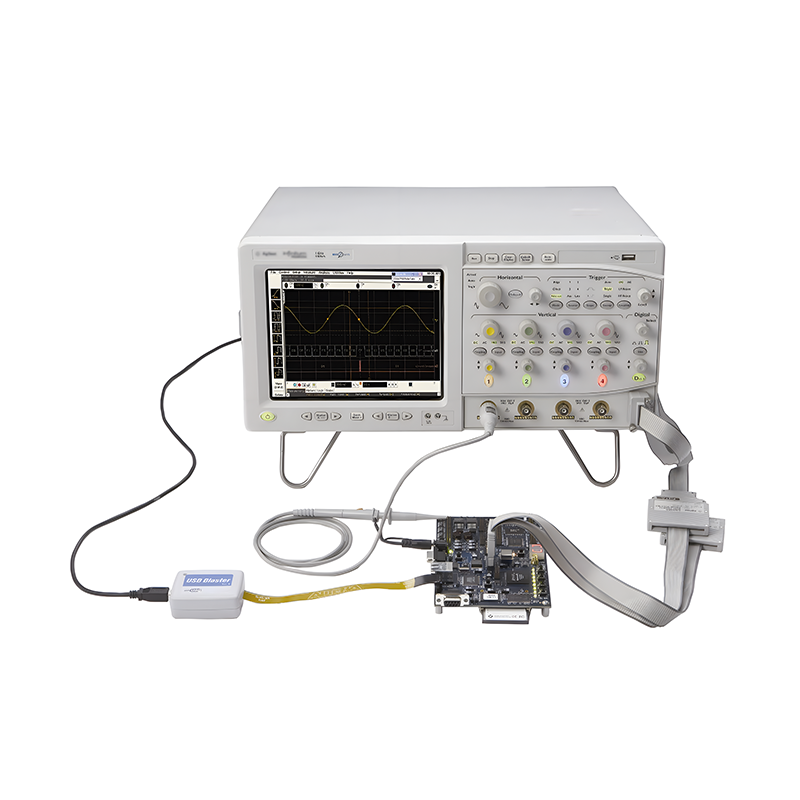 PCBA Testing Service
PCBA Testing Service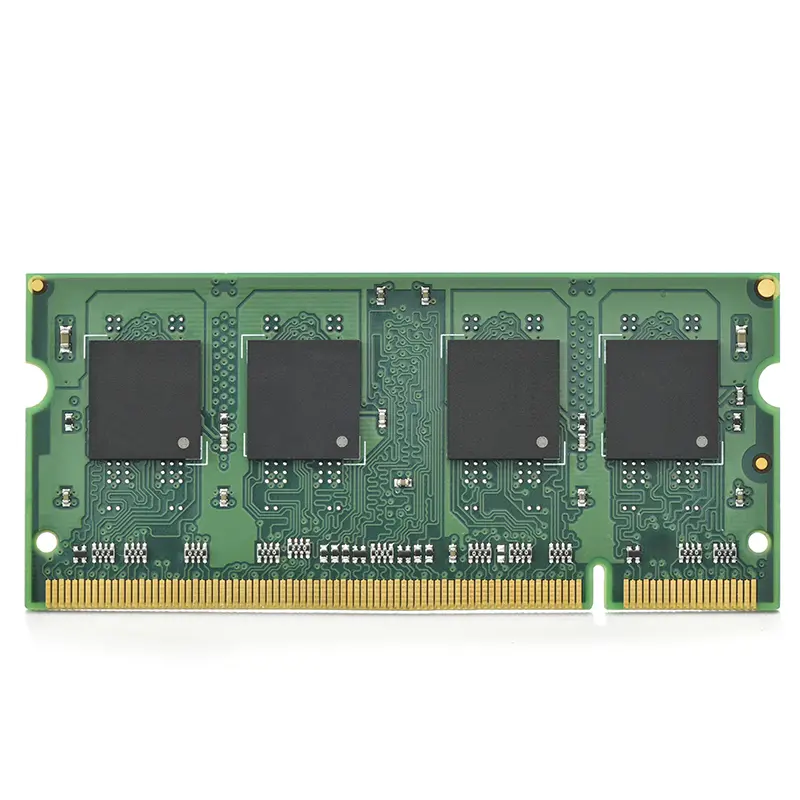 Certification Application
Certification Application RoHS Certification Application
RoHS Certification Application REACH Certification Application
REACH Certification Application CE Certification Application
CE Certification Application FCC Certification Application
FCC Certification Application CQC Certification Application
CQC Certification Application UL Certification Application
UL Certification Application Transformers
Transformers High Frequency Transformers
High Frequency Transformers Low Frequency Transformers
Low Frequency Transformers High Power Transformers
High Power Transformers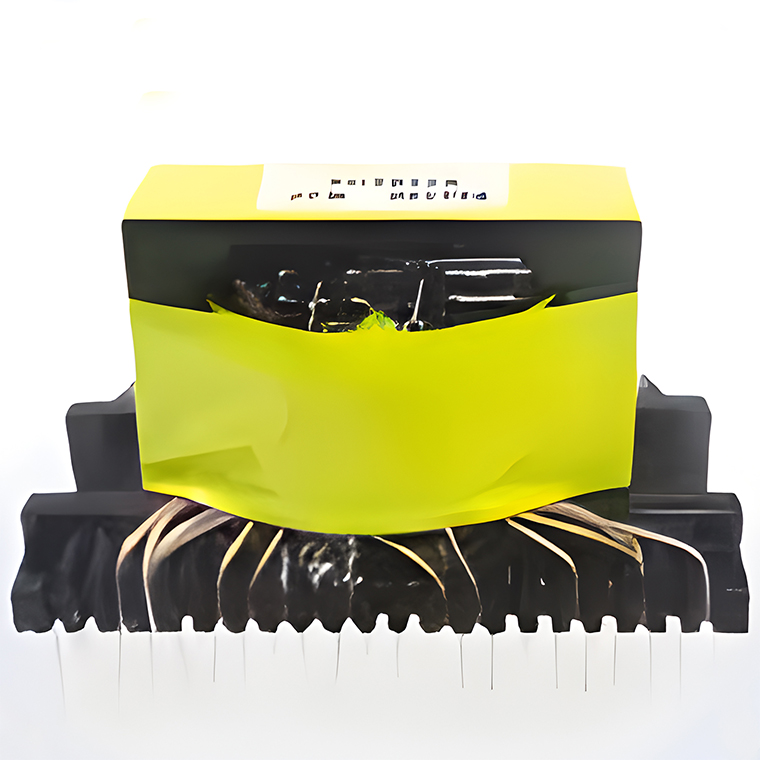 Conversion Transformers
Conversion Transformers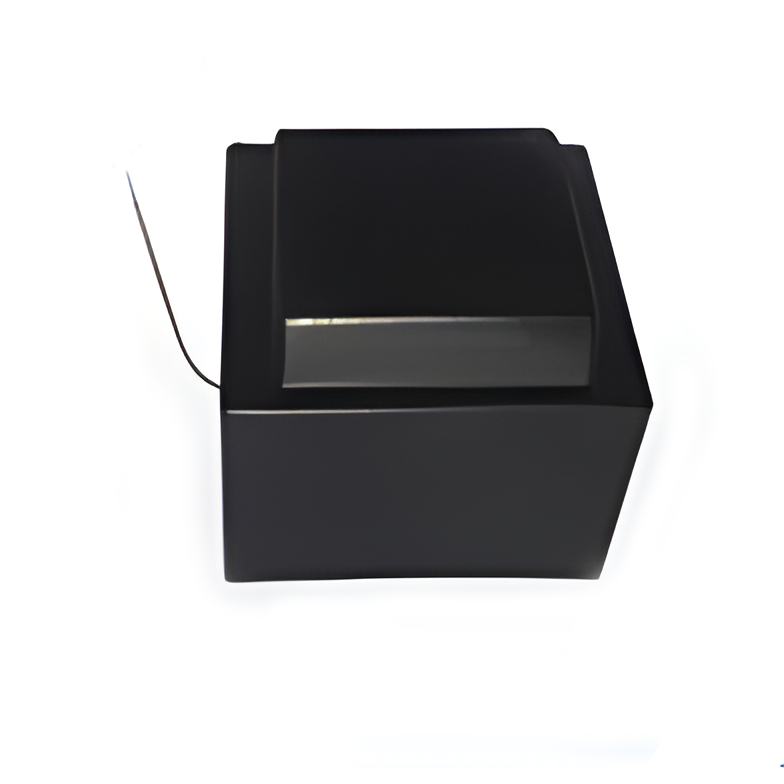 Sealed Transformers
Sealed Transformers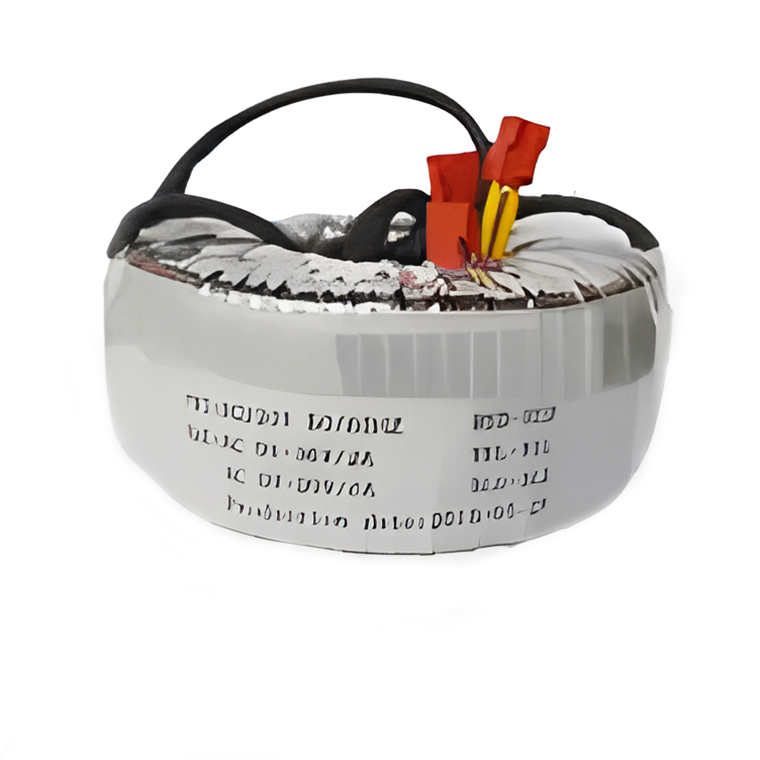 Ring Transformers
Ring Transformers Inductors
Inductors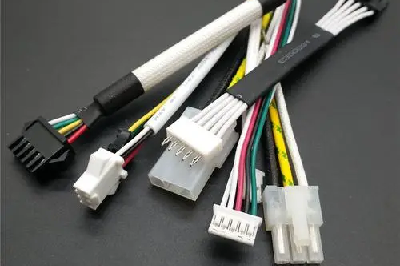 Wires,Cables Customized
Wires,Cables Customized wires-cables
wires-cables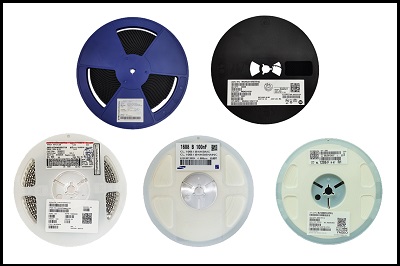 Components sourcing
Components sourcing